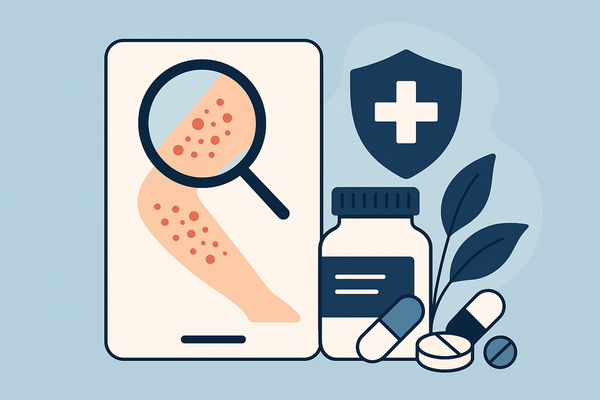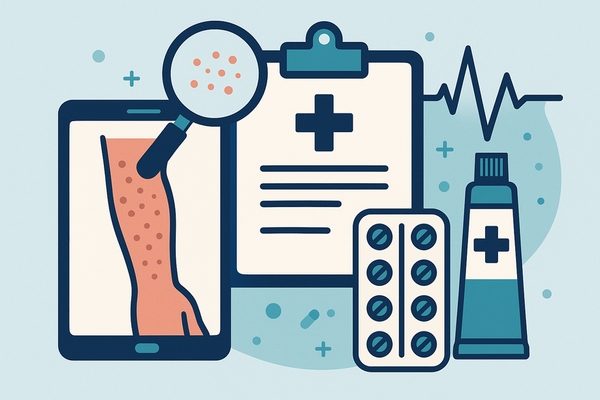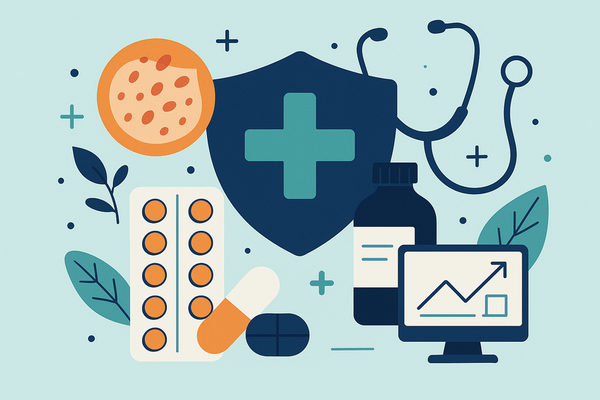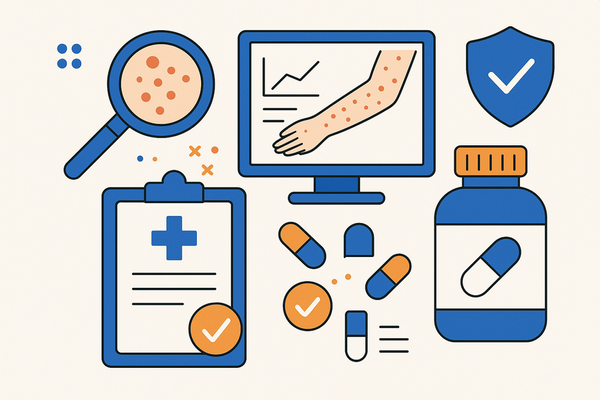Medication Rash Treatment: A Comprehensive Guide to Safe Management
Learn how to identify and manage medication rashes effectively. This guide provides insights on treatment options, prevention, and when to seek professional care.
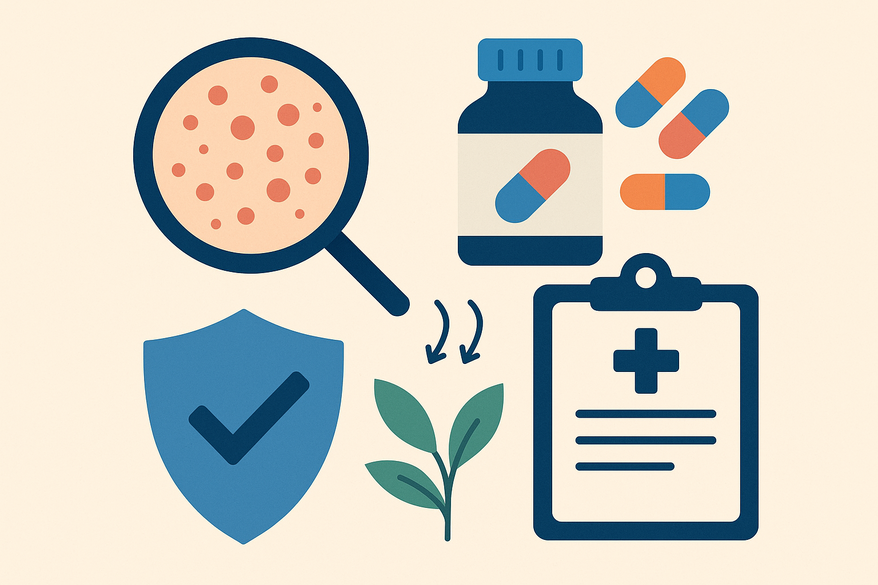
Estimated reading time: 8 minutes
Key Takeaways
- Wide spectrum: Medication rashes can range from mild itching to severe, life-threatening conditions like Stevens-Johnson syndrome.
- Identify early: Look at onset timing, rash distribution, and associated symptoms such as fever or lymphadenopathy.
- Stepwise treatment: Discontinue the offending drug, apply OTC remedies (antihistamines, topical corticosteroids), and escalate to prescription interventions if needed.
- Know when to seek help: Red flags include rapid blistering, mucosal involvement, and systemic signs of anaphylaxis.
- Prevent future reactions: Maintain detailed drug-allergy records, perform skin checks, and follow preventive skin-care practices.
Table of Contents
- Understanding Medication Rashes
- Identifying a Medication Rash
- Treatment Options for Medication Rashes
- When to Seek Medical Advice
- Preventive Measures and Management Strategies
- Conclusion
Understanding Medication Rashes
Definition and Mechanisms
- Medication-induced rashes arise when drugs interact with the immune system (allergic, immune-mediated) or via non-immune pathways (direct toxicity, phototoxicity).
- Allergic reactions can involve Type I (immediate, IgE-mediated) or Type IV (delayed, T-cell–mediated) hypersensitivity.
Common Symptoms and Rash Types
- Mild reactions: erythema, pruritus, urticaria, small papules.
- Severe reactions: widespread erythema, blistering (Stevens-Johnson syndrome, toxic epidermal necrolysis), mucous membrane involvement.
Common Drug Triggers
- Antibiotics: penicillins, sulfonamides
- Anticonvulsants: phenytoin, carbamazepine
- NSAIDs
- Allopurinol
Risk Factors for Rash Development
- History of drug allergy or atopy
- High dose or rapid escalation
- Concurrent infections
- Genetic predispositions (e.g., HLA-B*1502 with carbamazepine)
For more on recognizing drug-related skin reactions, see Identifying and Managing Drug-Induced Rash Symptoms.
Identifying a Medication Rash
Distinguishing Features
- Onset: typically 1–2 weeks after starting a new drug; severe forms may appear in hours.
- Distribution: often symmetrical on trunk and proximal limbs.
- Associated signs: fever, lymphadenopathy, malaise.
Timeline and Progression
- Phase 1: initial macules or papules.
- Phase 2: spread with intensified pruritus or burning.
- Phase 3: resolution 1–2 weeks after discontinuation unless severe.
Differential Diagnosis
- Viral exanthems: systemic prodrome, common in children.
- Contact dermatitis: localized to exposure site.
If you’re documenting rash changes over time, a structured approach can help. Consider using a rash-tracking method.
Treatment Options for Medication Rashes
General Principles
- Discontinue the offending drug under medical supervision.
- Record the allergy in medical and personal records.
Over-the-Counter and Home Remedies
- Oral Antihistamines: cetirizine 10 mg daily, diphenhydramine 25 mg every 6 hours.
- Topical Soothers: calamine lotion, hydrocortisone 1% cream.
- Cooling Measures: damp compresses, colloidal oatmeal baths.
Compare top OTC itch-relief options.
Prescription and Medical Interventions
- Topical Corticosteroids: triamcinolone 0.1% cream twice daily.
- Systemic Corticosteroids: prednisone 0.5–1 mg/kg/day, taper over 7–14 days.
- Severe Cases: hospital admission for Stevens-Johnson syndrome or anaphylaxis protocols.
When to Seek Medical Advice
Red Flags for Urgent Evaluation
- Rapid spread with large blisters and peeling.
- Anaphylaxis signs: throat tightness, hypotension, wheezing.
- Mucosal involvement: painful ulcers in mouth, eyes, or genital areas.
- High fever (>38.5 °C) or systemic organ symptoms.
Preparing for the Clinical Visit
- Complete medication list with start dates and doses.
- Rash timeline: onset, progression, triggers.
- Previous allergy history.
Preventive Measures and Management Strategies
Monitoring Strategies
- Daily skin checks when on high-risk drugs.
- Maintain a symptom diary or use a tracking app.
Prevention Tips
- Take a detailed drug-allergy history.
- Use medical ID bracelets or digital health wallets.
- Patch testing for topical agents if needed.
Skin-Care Recommendations
- Use fragrance-free, hypoallergenic cleansers and moisturizers.
- Wear loose, breathable fabrics and maintain moderate humidity.
- Avoid known allergens in foods and environment.
Managing medication-induced rashes often benefits from quick photo-based assessments. For a fast AI analysis, try Rash Detector, an AI Skin Analysis App that delivers instant feedback from just three uploaded images.
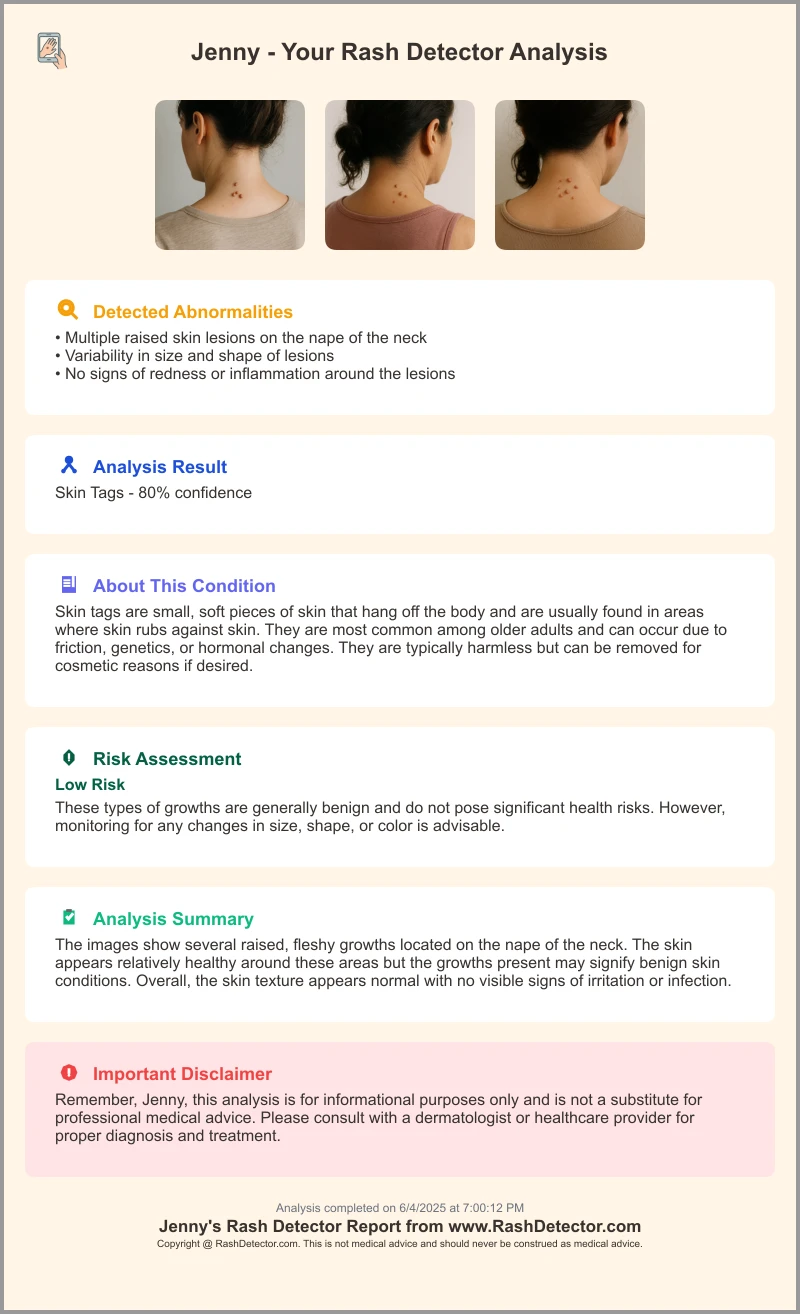
Conclusion
Effective medication rash treatment protects patient safety and improves outcomes. Early recognition, prompt drug discontinuation, tiered management from OTC remedies to emergency interventions, and proactive preventive strategies form the backbone of care. Always consult healthcare professionals for personalized advice and regular follow-up. Share your questions or experiences in the comments to foster community learning about medication rash treatment.
FAQ
What is a medication-induced rash?
A medication-induced rash is a skin reaction triggered by drugs, ranging from mild redness and itching to severe blistering conditions like Stevens-Johnson syndrome.
How soon after starting a drug can a rash appear?
Most rashes develop within 1–2 weeks of starting a new medication, though severe reactions can appear within hours.
Can I treat a mild medication rash at home?
Yes. Mild cases often respond to OTC antihistamines, cooling measures, and topical corticosteroids. Always consult a healthcare provider before changing medications.
When should I seek emergency care?
Seek immediate help if you experience rapid blistering, mucosal ulcers, difficulty breathing, or high fever, as these may indicate life-threatening reactions.


